Nestled in the heart of the Stockholm archipelago, Vaxholm offers a captivating blend of natural beauty, rich history, and vibrant traditions. From the enchanting Midsummer celebrations to the storied walls of Vaxholms Kastell, this charming town invites you to step back in time and experience the magic of Swedish folklore. In this blog post we will delve into the best parts of Vaxholm and everything you need to know about Midsummer traditions in Sweden.
Midsummer in Sweden, particularly in the picturesque town of Vaxholm, is a magical blend of tradition, folklore, and natural beauty. This celebration, often considered Sweden's true National Day, draws people from Stockholm and beyond to revel in the timeless rituals and festive atmosphere that mark the height of summer. Here, we delve into the enchanting experience of Midsummer in Vaxholm, where meadow flowers and shimmering elements evoke the serene beauty of misty mornings and the vibrant energy of endless daylight.
Celebrating Midsummer in Vaxholm
The Midsummer celebration in Vaxholm is steeped in folklore and tradition. It begins with the dressing of the maypole (majstång) at 14:00 at Lägret. This is a communal activity where everyone is welcome to help decorate the pole with flowers and greenery. By 16:00, the maypole is raised, and the Waxholms Folkdansgille performs traditional dances, inviting both young and old to join in the fun.
The dance around the maypole is not just a dance; it's a step back in time, connecting participants to ancient rituals meant to ensure fertility and prosperity. As the dance waves subside, traditional games and activities take over, with families enjoying their picnics amidst laughter and cheer. The atmosphere is one of warmth and camaraderie, a perfect prelude to the summer's ongoing festivities.
The Schedule of the Midsummer Events in Vaxholm
The Vaxholm Midsummer celebration is meticulously planned to ensure a memorable experience for all:
- 14:00: Dress the Maypole at Lägret.
- 15:40: Parade the pole's rings from Söderhamnen to Lägret. Join in!
- 16:00: Raising of the Maypole, followed by traditional dances and ring games with Waxholms Folkdansgille.
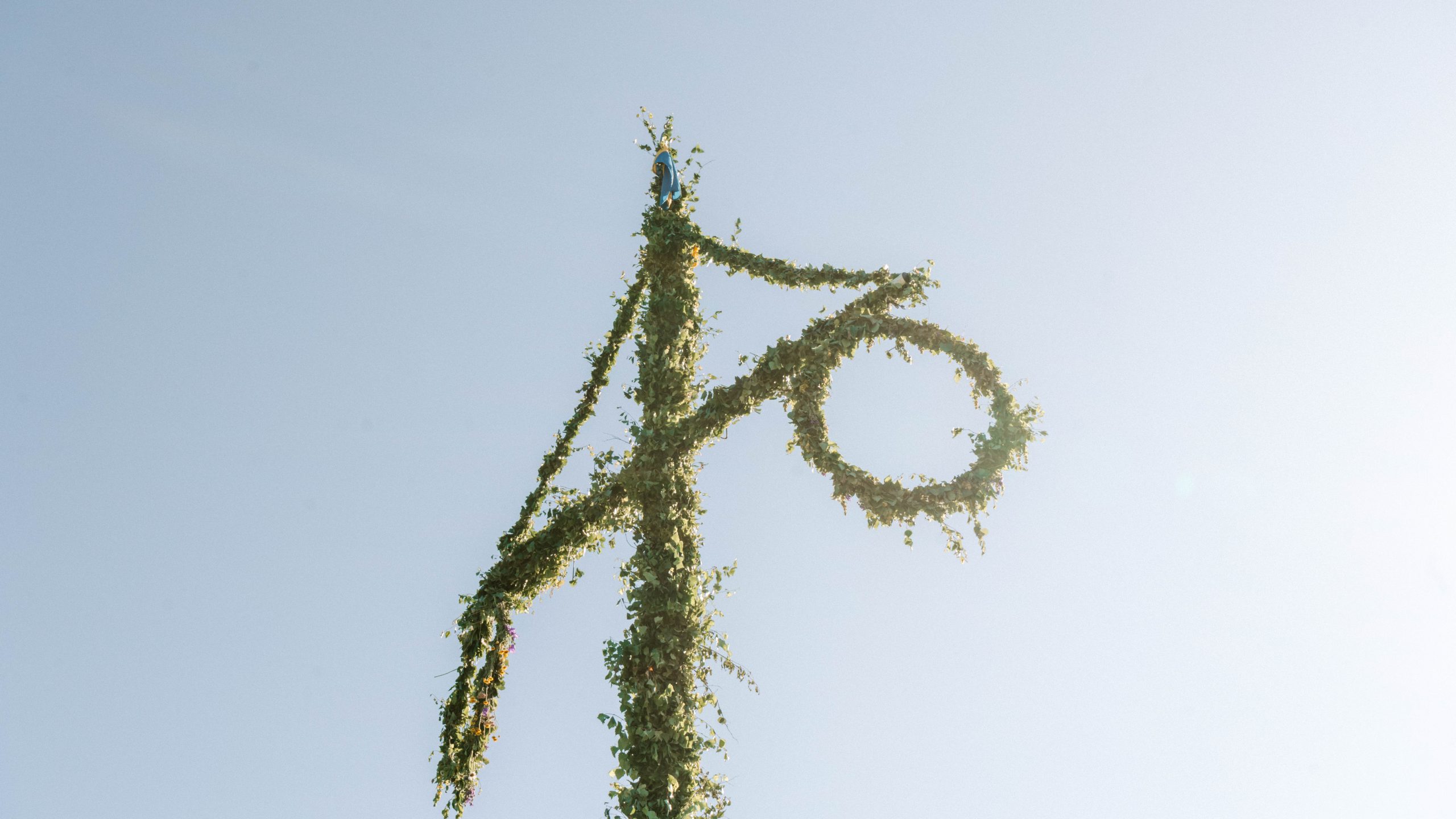

Getting to Vaxholm by Bus, Boat or Car
By Boat and Bus from Stockholm
Vaxholm is well-connected to Stockholm by both boat and bus, making it easy to reach this charming archipelago town. Waxholmsbolaget and Strömma regularly operate boats to Vaxholm, offering a scenic journey that takes about 45 to 75 minutes, depending on the vessel. Waxholmsbolaget and SL’s commuter boats depart from Strömkajen near the Grand Hotel, while Strömma’s boats leave from Strandvägen.
For those preferring to travel by bus, Bus 670 departs from Tekniska Högskolan several times an hour, providing a convenient and frequent service to Vaxholm. You can find schedules for the boats and buses online:
(Please note: Search for trips from Strömkajen to Vaxholm and select the boat as your travel filter.)
Getting to Vaxholm By Car
Vaxholm, being an island, has limited parking in its small town center. For those driving, it's advisable to park outside the central area and walk or take the SL Bus 670, which runs frequently through Vaxholm’s center.
During the summer months (June through August), additional temporary parking areas are made available to accommodate the influx of visitors. You can find up-to-date parking information and maps on the town’s official website.
Midsummer Songs and Dances
No Midsummer celebration is complete without traditional songs and dances around the maypole. These include:
- Raketen: Clap hands and simulate a rocket launch.
- Små grodorna: Imitate frogs with the appropriate motions.
- Små grisarna: Repeat the dance steps from Små grodorna but with pig sounds.
- Morsgrisar är vi allihopa: Interact by pointing at yourself and others.
- Vi äro musikanter: Imitate musical instruments mentioned in the song.
- Räven raskar över isen: Dance and curtsy or bow.
- Ritsch ratsch, filibom bom bom: Dance fast, then slow down.
- Jänta å ja': Boys and girls form rings and dance.
- Björnen sover: One person plays the bear, others dance around.
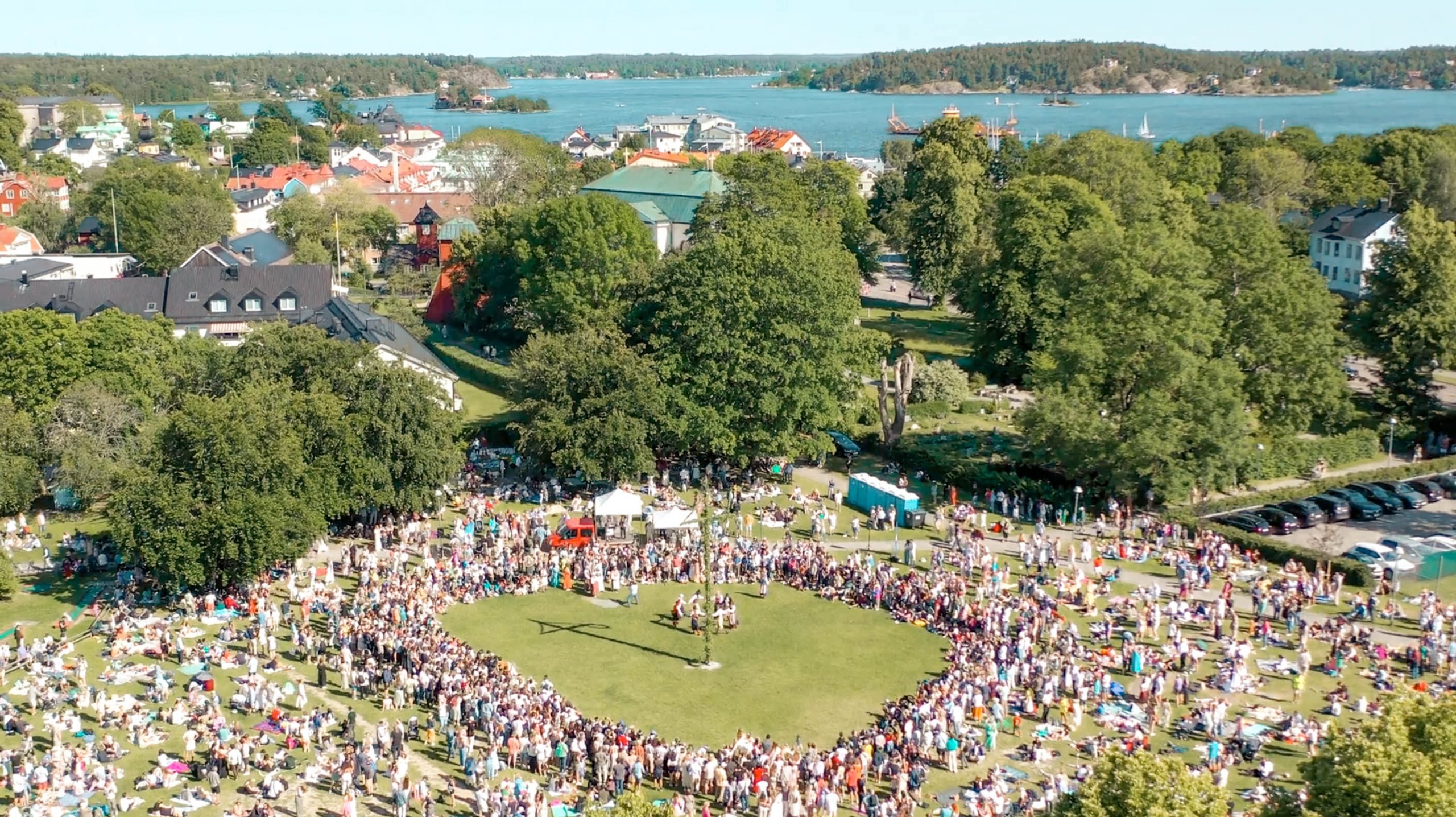
Eat Traditional Midsummer Food at Hembygdsgårdens Café in Vaxholm
Located on a picturesque promontory in Vaxholm, Hembygdsgårdens Café offers a delightful respite during the festivities. Open daily from 11:00 during the Midsummer celebrations, the café serves traditional Midsummer fare including a Midsummer platter with herring and schnapps. Indulge in their famous pastry buffet while enjoying views of the archipelago, or take a refreshing dip at the nearby Norrhamnsbadet.
Dining Recommendations and Nightlife in Vaxholm During Midsummer
While celebrating Midsummer in Vaxholm, here is my other recommendations for local culinary delights.
Vaxholms Hotell: Enjoy traditional Swedish cuisine with stunning sea views. Perfect for a festive Midsummer meal.
Hamnkrogen: A cozy spot by the harbor offering fresh seafood and a charming atmosphere. Ideal for a relaxed lunch or dinner during Midsummer.
For those looking to extend the Midsummer festivities into the night, Kabyssen nightclub offers a lively scene perfect for late-night partying.
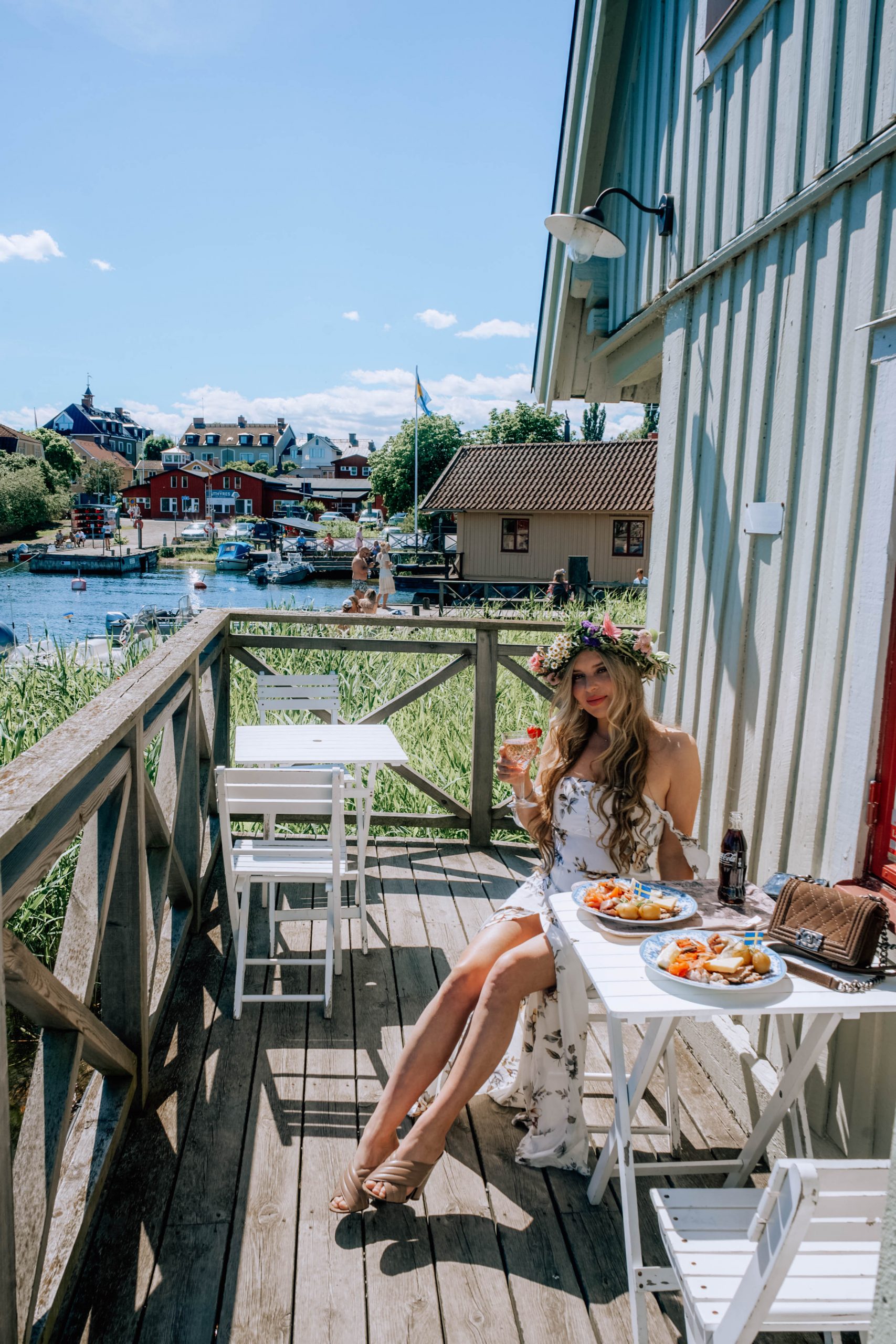
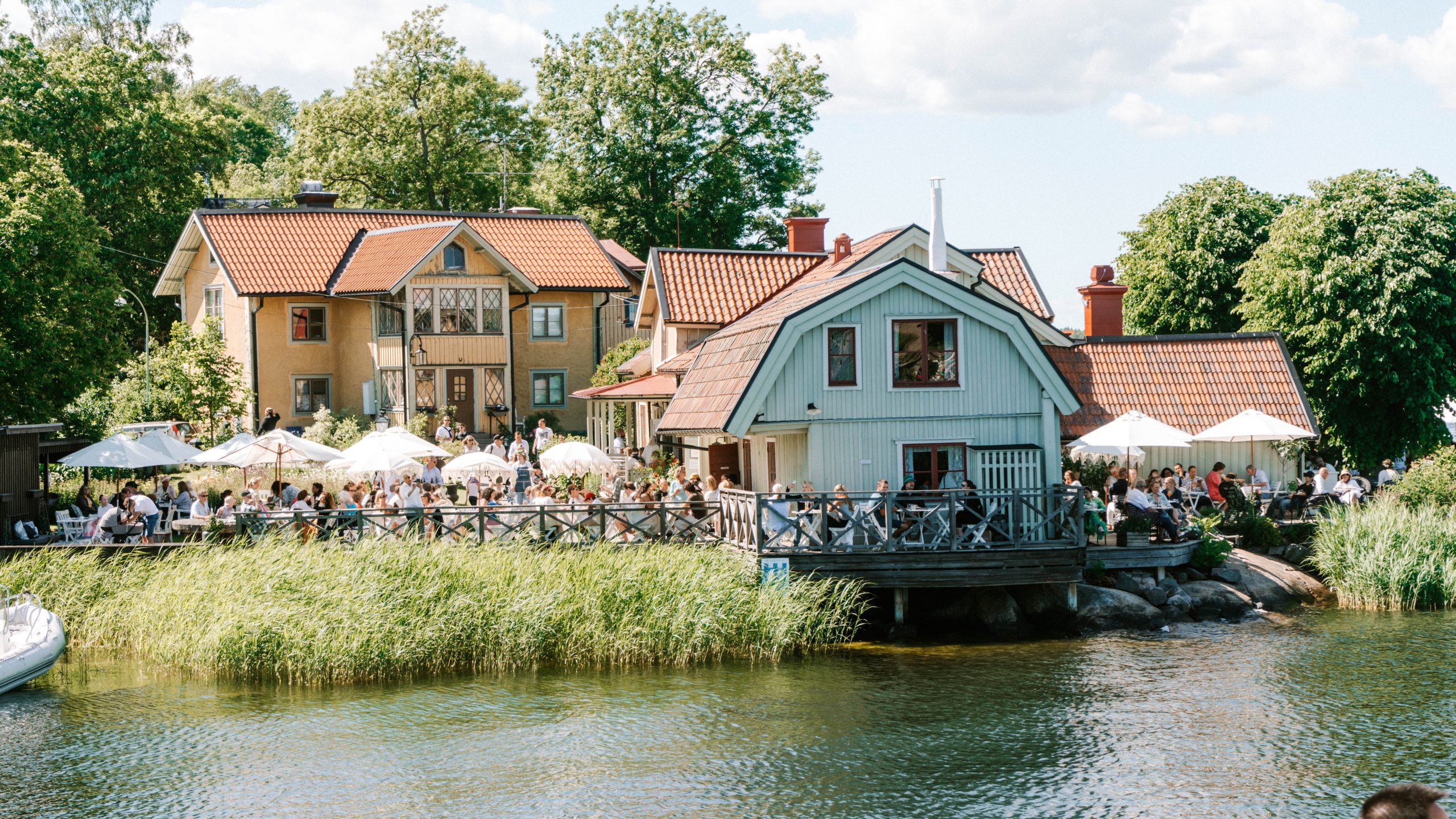
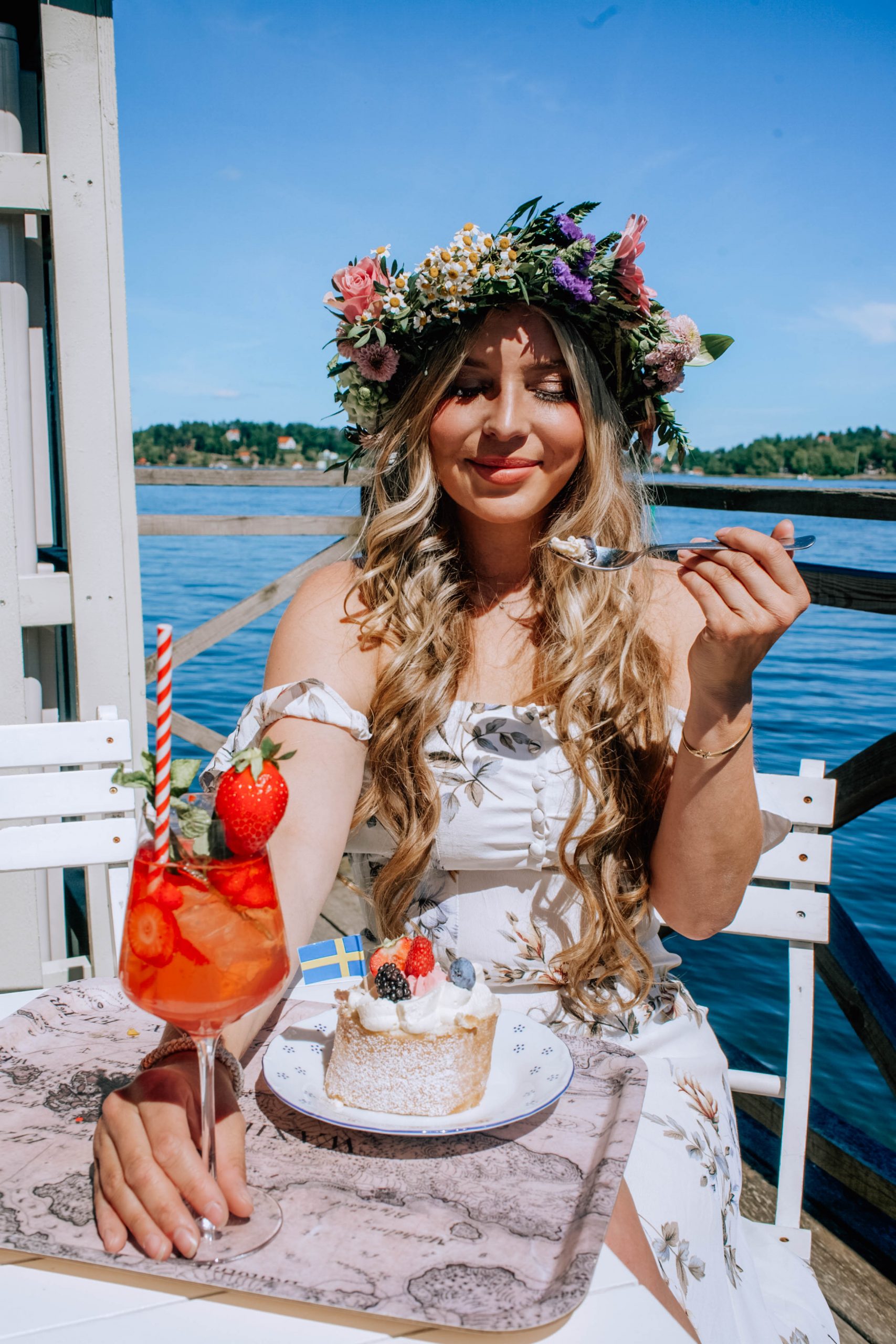



What is Midsummer?
Midsummer is deeply rooted in history, originally celebrated in honor of St. John the Baptist. In agrarian societies, it marked a turning point in the work year, and the maypole symbolized summer and vegetation. Midsummer night was believed to be filled with magical powers and supernatural beings, a time for fertility and prosperity rituals.
Typical Midsummer Food
No Midsummer celebration is complete without traditional Swedish delicacies: pickled herring, snaps, eggs, gravlax, new potatoes, meatballs, and pies. Many also enjoy grilling if the weather permits. The feast often concludes with a luscious strawberry cream cake, capturing the essence of Swedish summer.
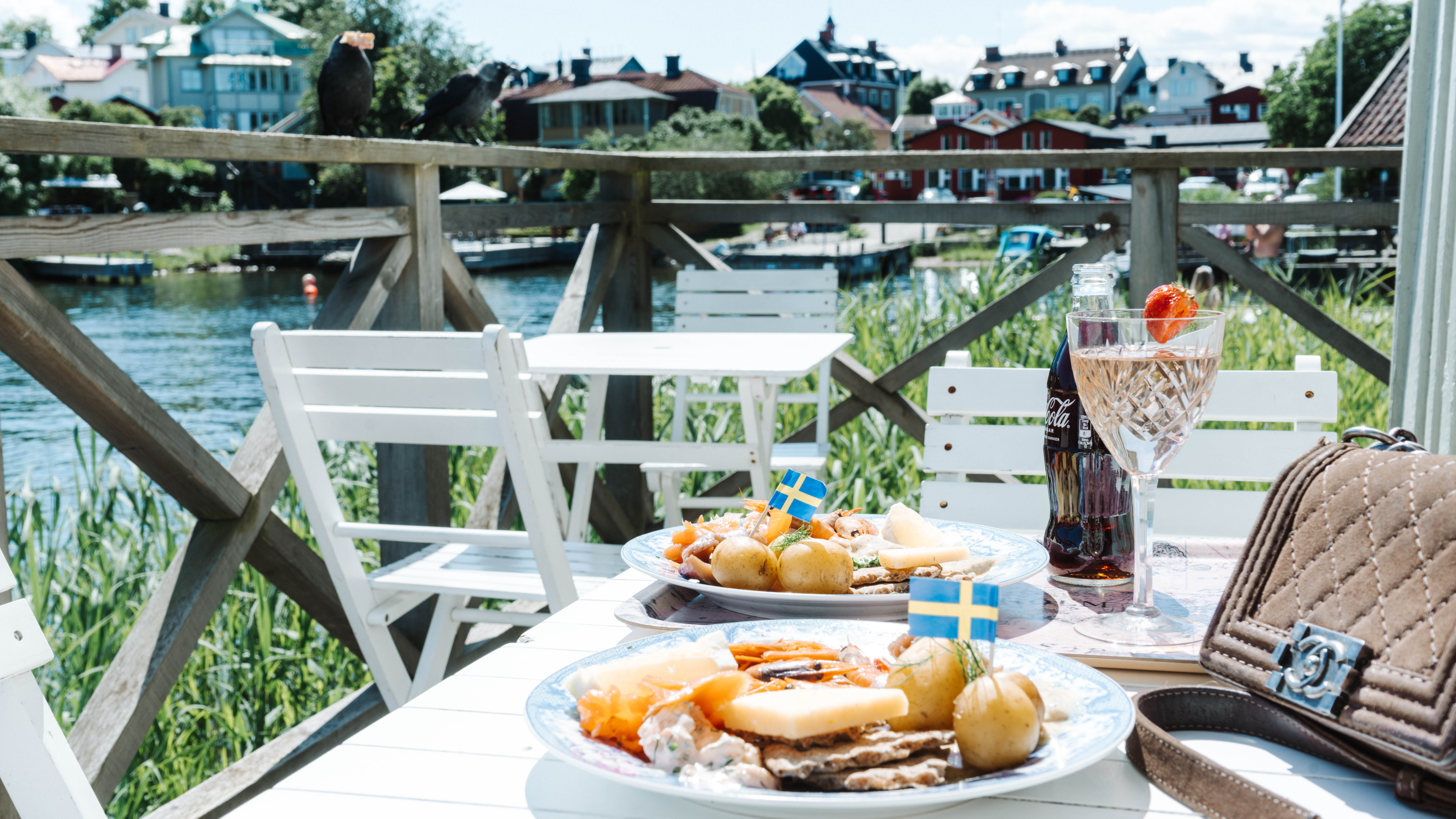
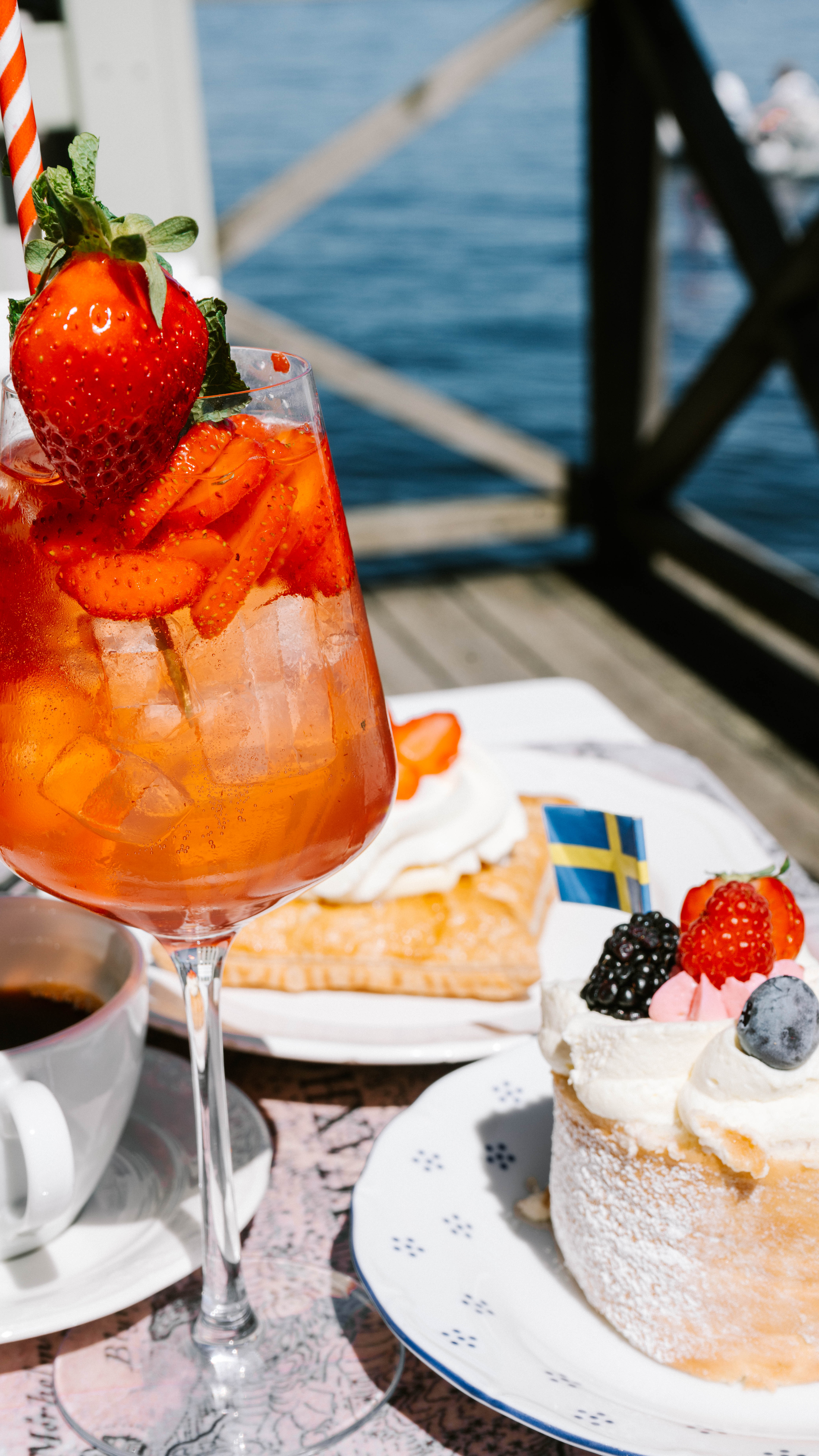
The Traditions of Wearing a Midsummer Flower Crown
Celebrating Midsummer in Sweden is a joyous occasion filled with tradition and folklore. One of the most captivating customs is the creation and wearing of a flower crown, known as a midsommarkrans. This charming accessory holds more than aesthetic value; it symbolizes the magical and fertile powers believed to peak during Midsummer.
Why Wear a Midsummer Flower Crown for Midsummer
According to Swedish superstition, all plants and flowers are infused with magical properties during Midsummer. To capture this magic, people would weave it into a flower crown, which they could save for later. Traditionally, a dried Midsummer crown might be placed in the annual Christmas bath to restore energy during the cold winter months. Thus, the flower crown is not just a decoration but a way to harness and preserve nature's Midsummer magic.
Making Your Own Midsummer Flower Crown for Midsummer
Creating your own midsommarkrans is a delightful and engaging way to connect with nature and tradition. Here's a simple guide to help you make your own flower crown:
Step 1: Select Your Flowers
Choose smaller, more durable flowers, although most flowers can work well in a crown. You can pick flowers from your garden or purchase them from a store. Roses and green leaves are popular choices, adding a vibrant touch to the crown.
Step 2: Create the Base
Form a base using sturdy wire. For a polished look and better flower attachment, wrap the wire with floral tape. Make a loop at each end of the wire, which will allow you to thread a ribbon through later.
Attach myrtle wire (myrtentråd) to one of the loops to secure the flowers.
Step 3: Attach the Flowers
Arrange small bunches of flowers and greenery along the wire base, securing each bunch with the myrtle wire. Place each new bundle over the stems of the previous one to hide them, continuing this pattern along the entire base.
Step 4: Finish the Crown
At the end of the wire, reverse the direction of the flowers and place them over the final loop to conceal it.
Step 5: Add the Ribbon
Thread a ribbon through the loops if you like, or simply use the wire base as a circular frame without additional decorations.
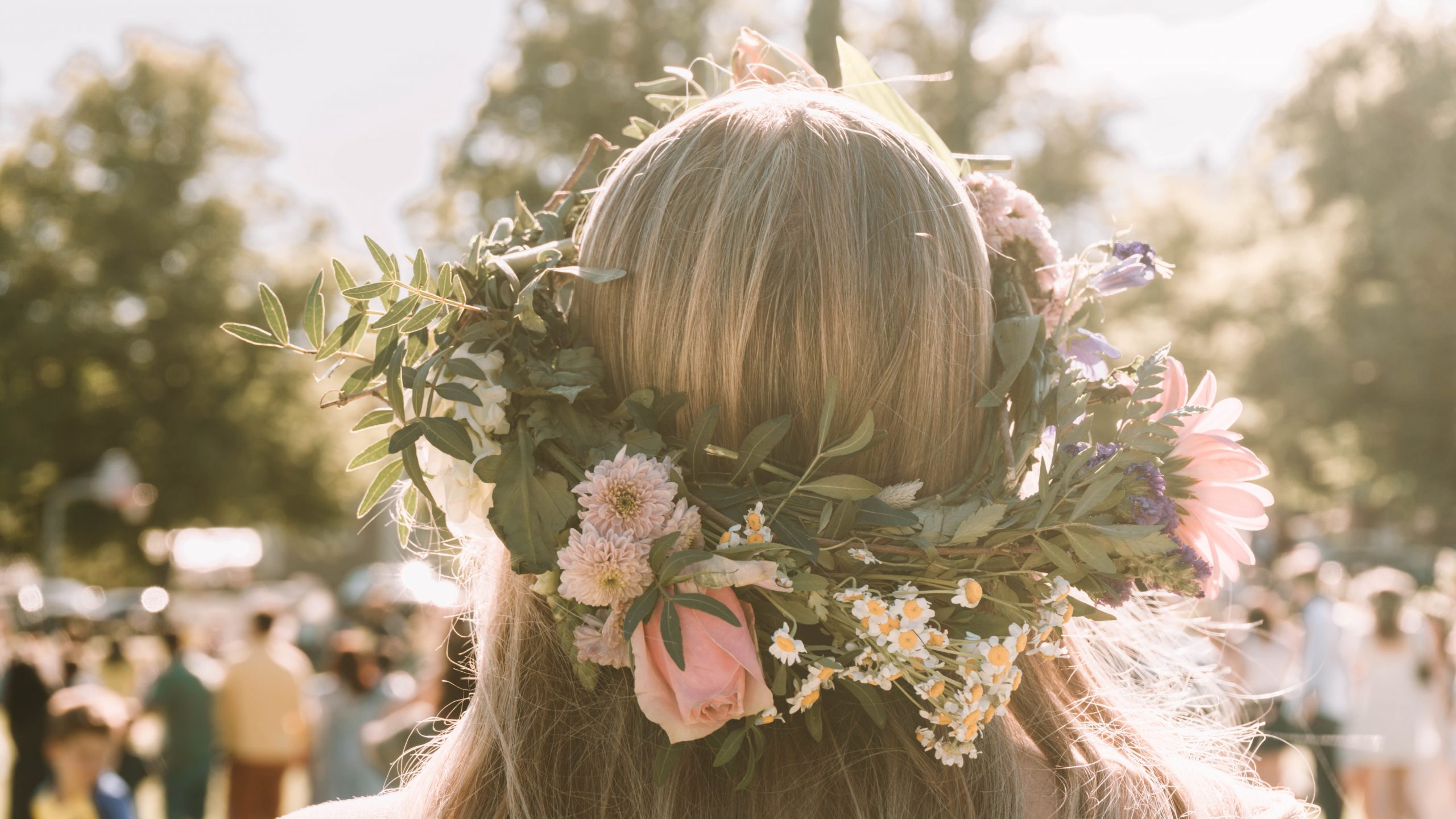
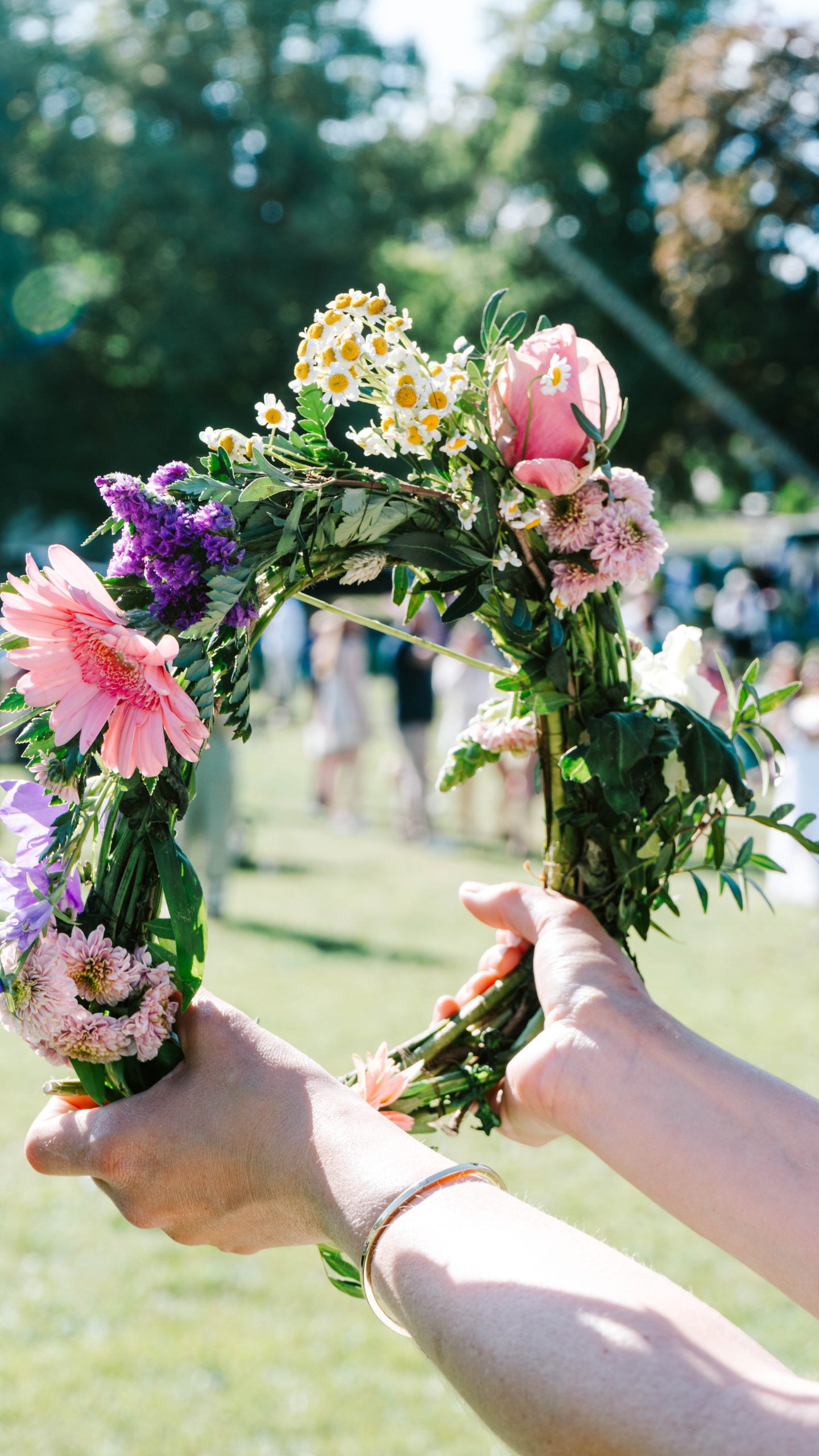
The Magic of Seven Flowers Under the Pillow During Midsummer
Swedish folklore is filled with stories of supernatural beings and magical rituals, and Midsummer is no exception. Midsummer night is particularly mystical, believed to be a time when the boundary between the natural and supernatural worlds is thin, making it a powerful night for magic.
One of the most famous and romantic traditions is to pick seven different types of flowers and place them under your pillow on Midsummer night. The legend says that whoever sleeps on these freshly picked flowers will dream of their future partner. Traditionally, it is young, unmarried women who perform this ritual, hoping to see their future husbands in their dreams.
Picking the Flowers in Silence
The flowers should be picked in silence to maintain the magic, as speaking breaks the spell. Some versions of the tradition suggest jumping over seven fences or hedges while collecting the flowers, though this is not universally practiced.
There are no strict rules about which flowers to pick; the ritual itself is what matters. However, different flowers are thought to bring various powers, and using seven different types is believed to enhance the magic. Sometimes, it’s said that nine flowers should be used, but seven is the most common number, both considered to have magical significance.
Placing the flowers under your pillow doesn’t guarantee dreams of your beloved, but it is a charming tradition symbolizing hope, dreams, and future happiness. It’s a reminder of the magic that characterizes Midsummer night, and perhaps that’s why we continue this ritual today.
Discover the Historic Fortress Vaxholms Kastell
While visiting Vaxholm, you can admire Vaxholms Kastell from the harbor. This historic fortress, built in the early 1500s by Svante Nilsson Sture under Gustav Vasa's orders, has protected Stockholm for centuries.
Defender of Stockholm
Vaxholms Kastell defended Stockholm against Danish forces in 1612 and Russian invaders in 1719. The current structure, completed in 1863, replaced the original fortress. Despite concerns about its ability to withstand modern artillery, which were confirmed in 1872, the Kastell remains a significant historical site.
Today, it stands as a testament to Sweden's military heritage and is a must-visit for history buffs exploring Vaxholm.

*****
Have you been to to Vaxholm or want more info? Let me know in the comments below!
LIKE THIS POST? PIN IT FOR LATER AND SHARE IT WITH OTHERS!
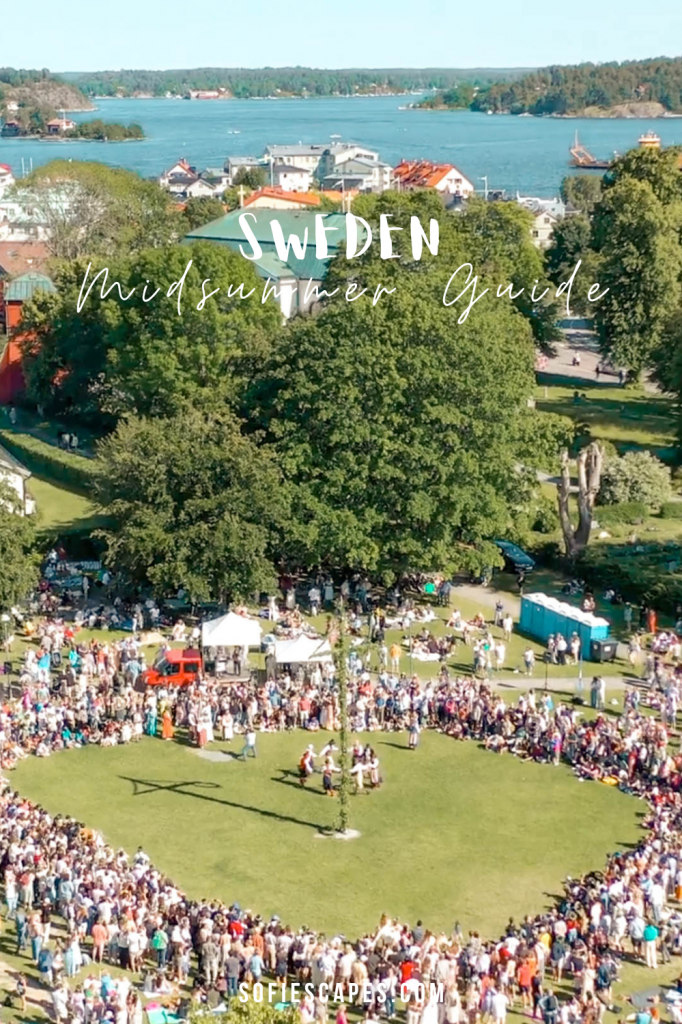
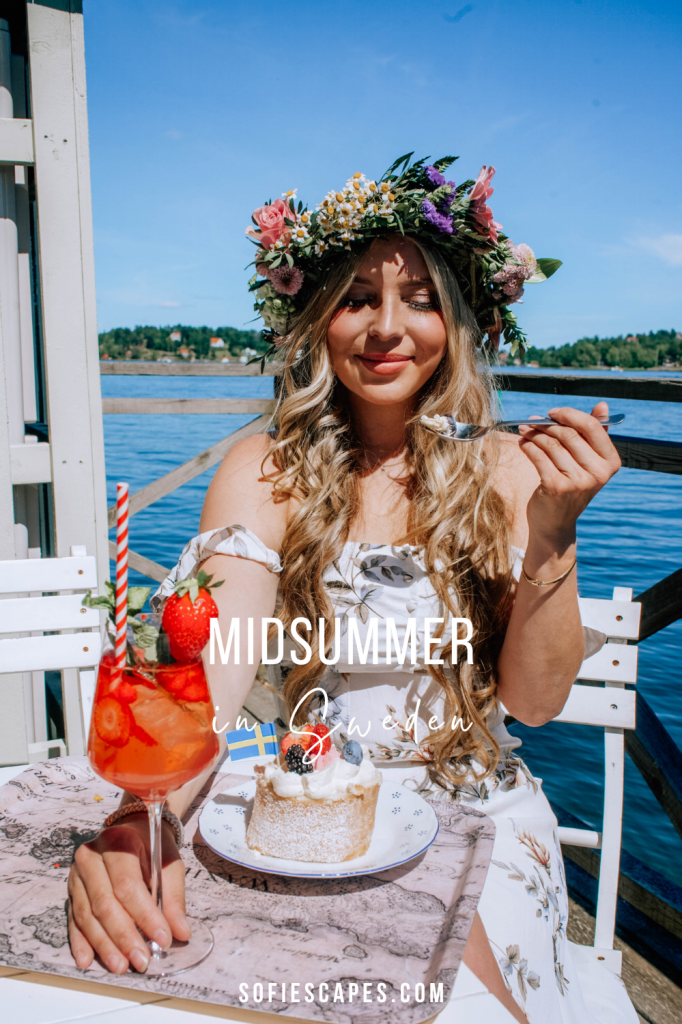
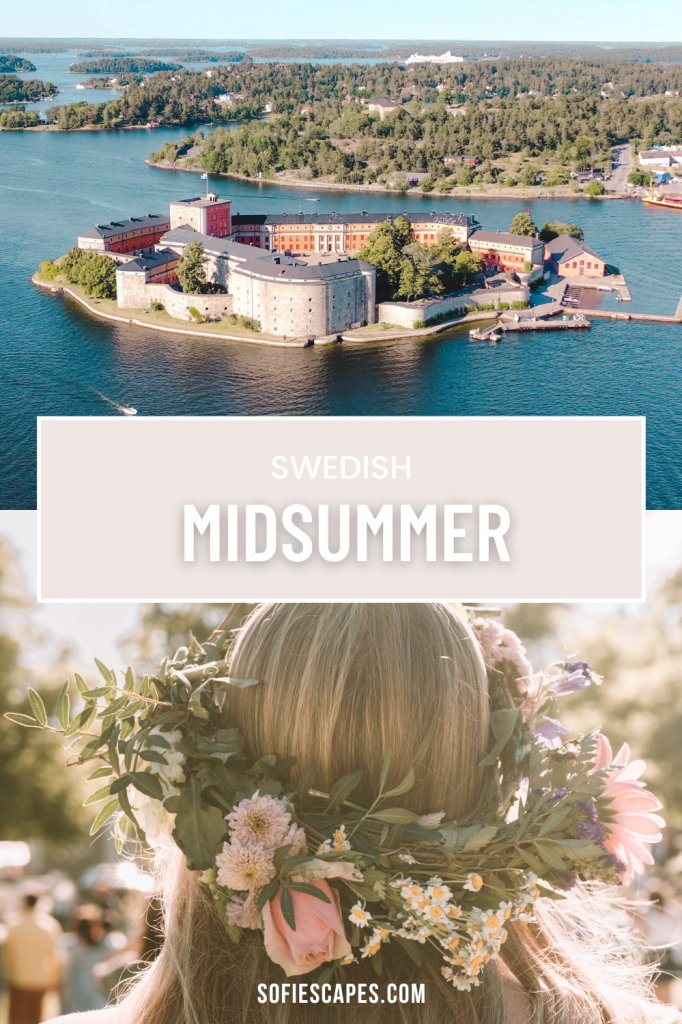
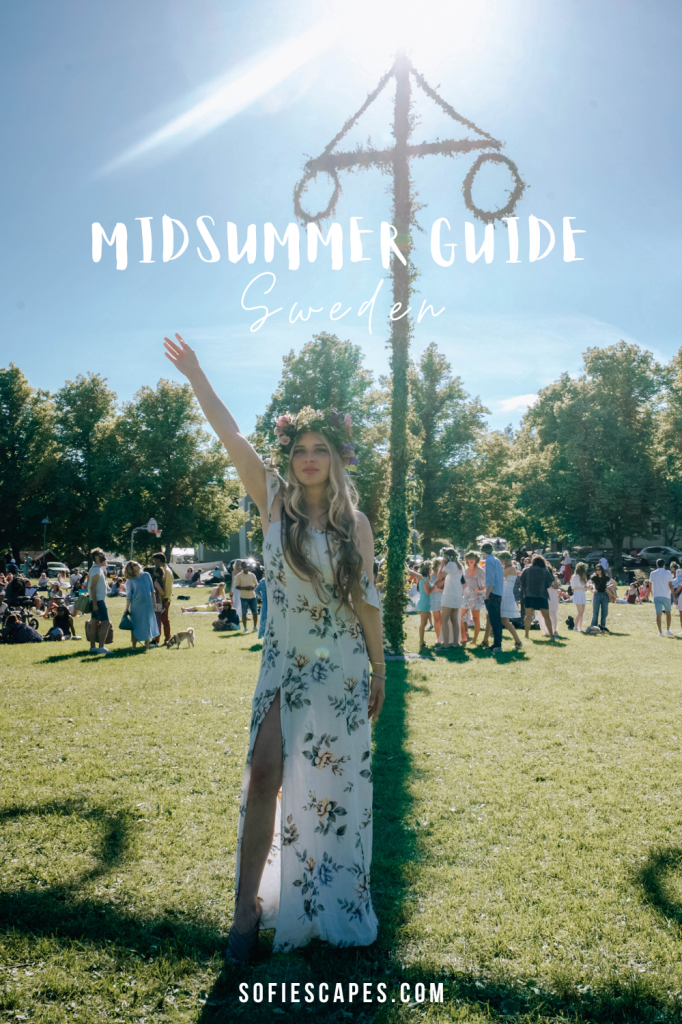
Share

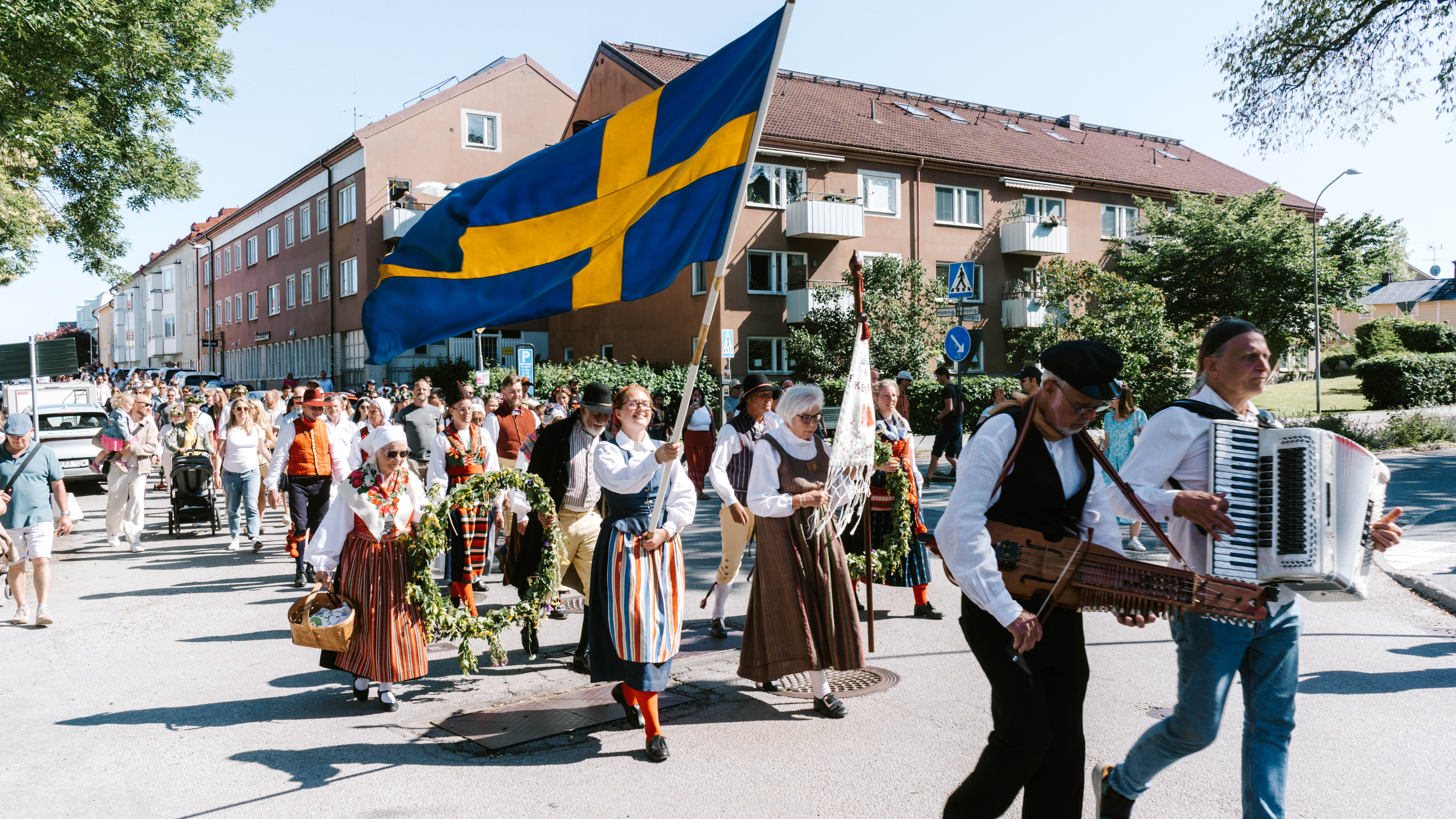
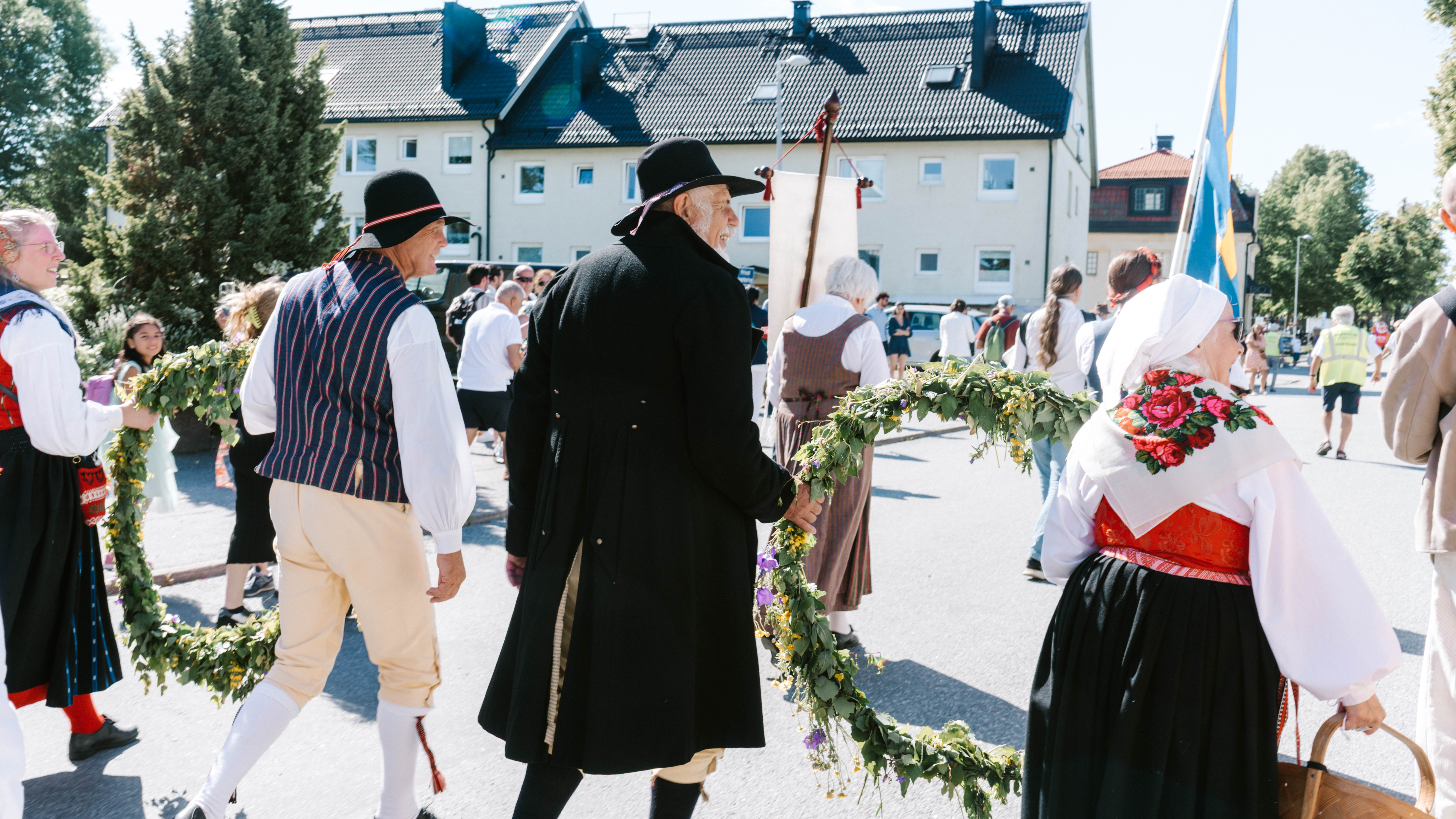










1 Comment